

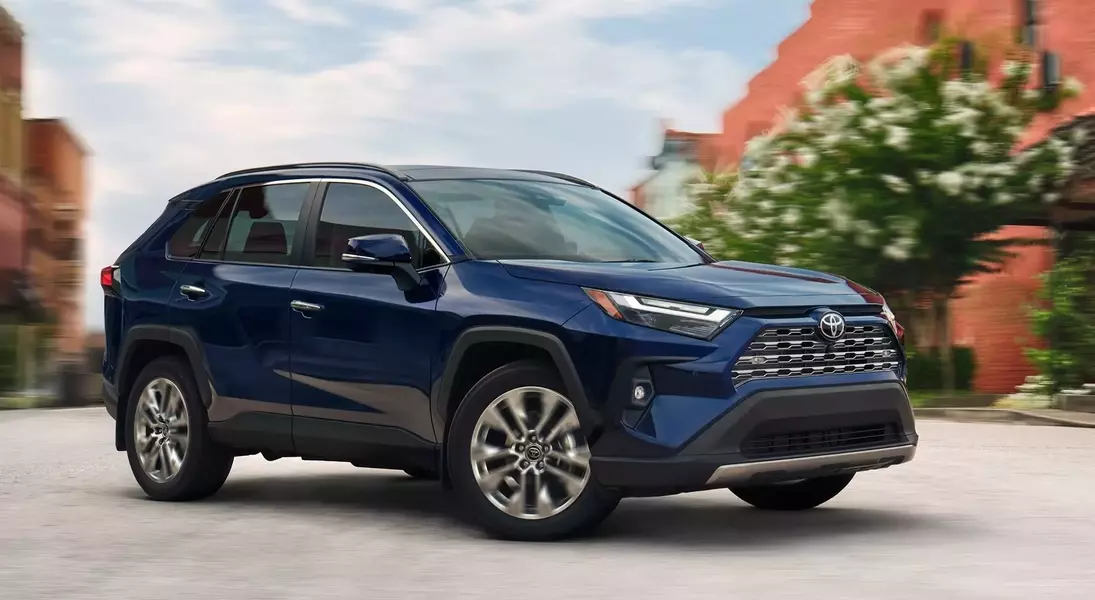

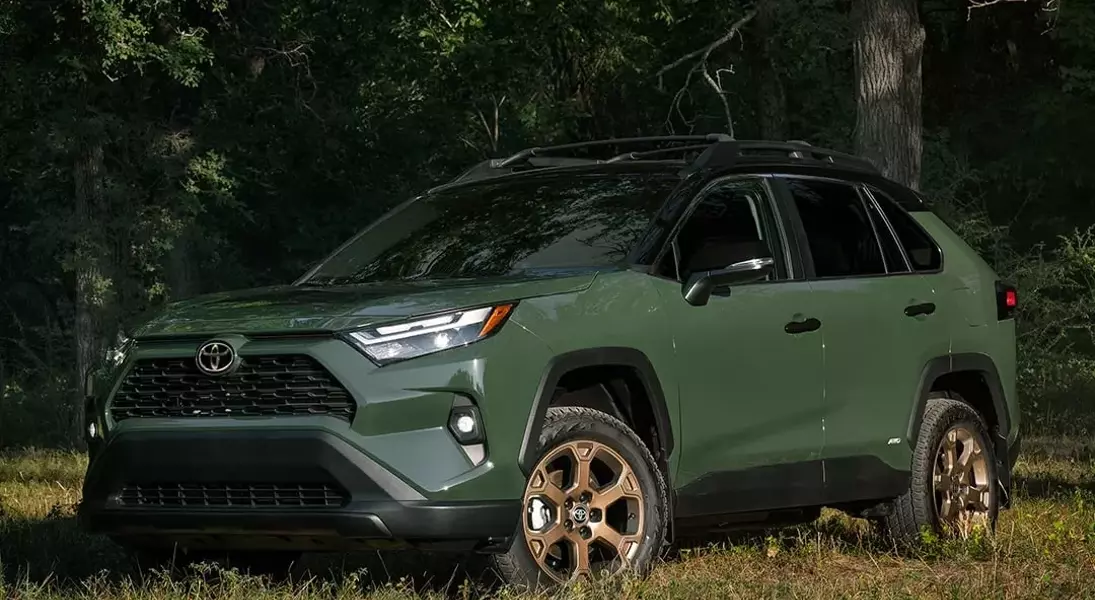
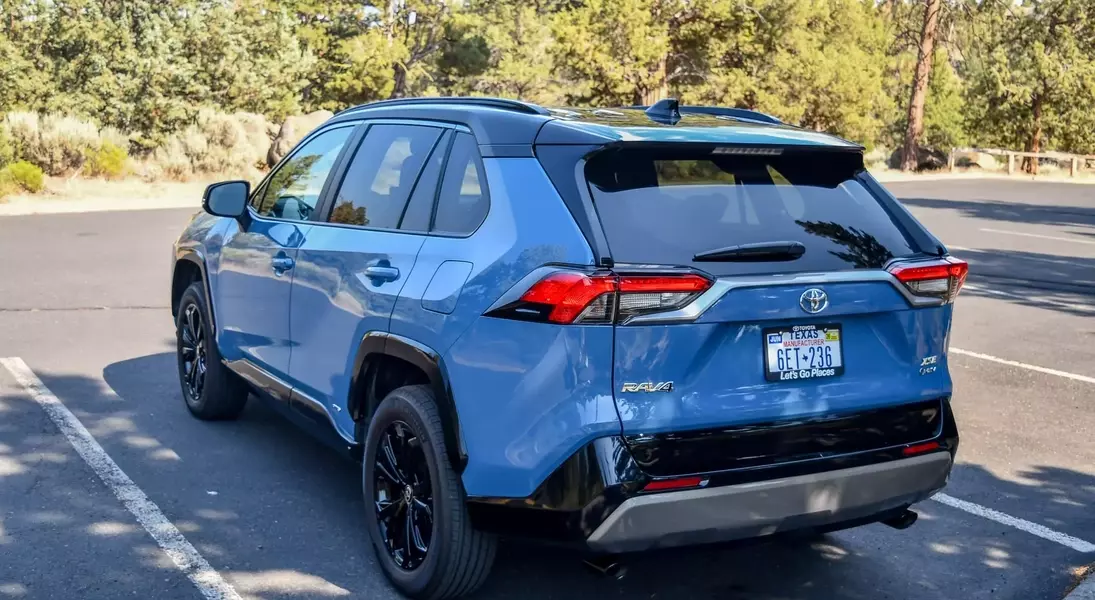
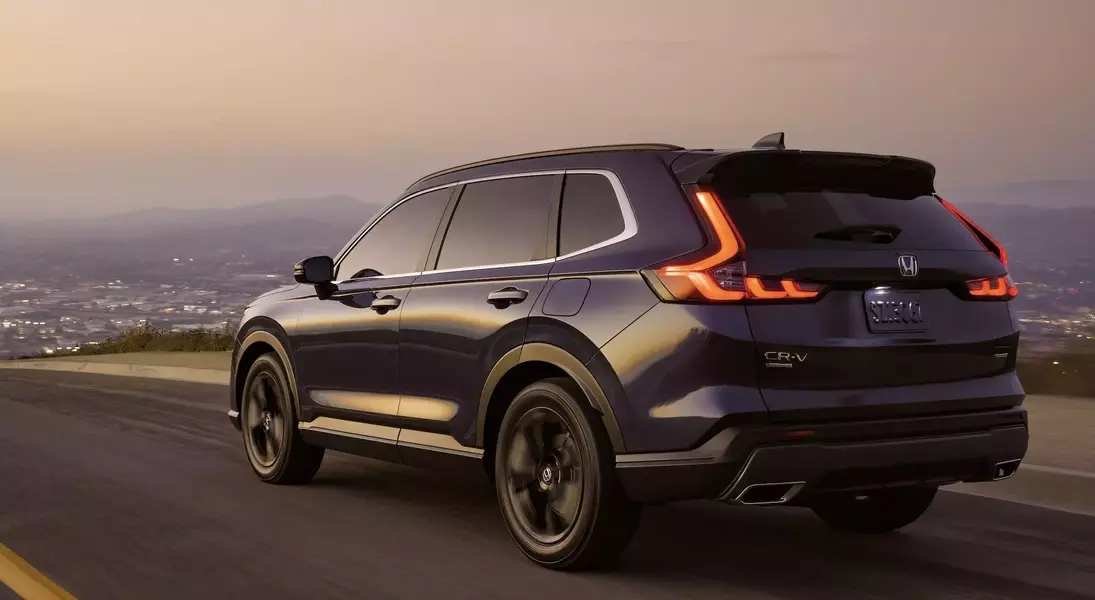


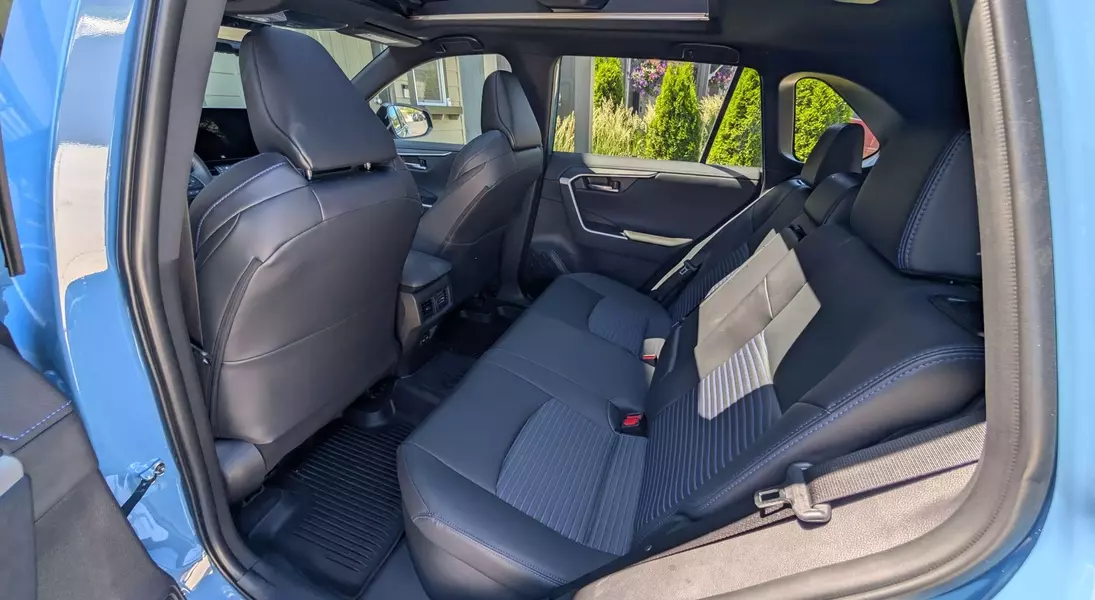

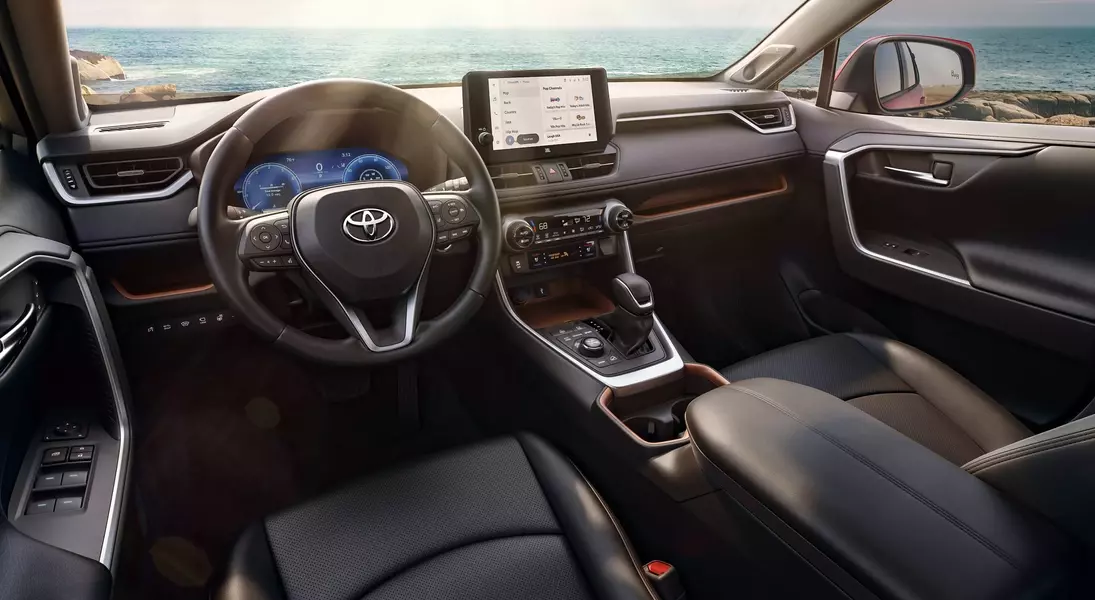


When considering compact SUVs, the 2025 Toyota RAV4 and the 2025 Honda CR-V consistently stand out as top contenders. Both vehicles offer a blend of practicality and modern features, yet cater to slightly different preferences. This detailed analysis aims to illuminate their distinctions across various aspects, including available trims, engine performance, aesthetic design, interior amenities, technological advancements, and safety provisions, thereby guiding consumers toward the optimal choice for their individual needs.
The 2025 RAV4 and CR-V enter the market as carryover models, meaning no significant redesigns are present for this model year. However, Toyota has streamlined the RAV4's trim lineup, removing the Adventure and TRD Off-Road variants and enhancing its all-wheel-drive system with advanced dynamic torque vectoring for improved grip. The RAV4's starting price is set at $29,800, offering 11 trim levels, split between four internal combustion engine (ICE) and seven hybrid configurations. In contrast, the 2025 CR-V, priced from $30,100, features a more concise lineup of six trims, with three ICE and three hybrid options. This differentiation in trim availability and specific updates underscores the unique paths each manufacturer is taking for their popular compact SUV offerings.
Delving into performance, both the 2025 RAV4 ICE and hybrid models are powered by a 2.5-liter four-cylinder engine. The ICE version delivers 203 horsepower and 184 lb-ft of torque, coupled with an 8-speed automatic transmission, achieving an estimated 27 mpg city and 35 mpg highway. The hybrid variant ups the power to 219 horsepower, alongside 149 lb-ft of torque at the front and 89 lb-ft at the rear, managed by an electronically controlled continuously variable transmission (CVT). Hybrid RAV4s boast impressive fuel economy, with up to 41 mpg city and 38 mpg highway, though the Hybrid Woodland Edition sees a slight reduction to 38 mpg city and 35 mpg highway. While a plug-in hybrid (PHEV) RAV4 is also available, this comparison focuses on standard models, given the absence of a 2025 CR-V PHEV in the U.S. market.
The 2025 CR-V's pure ICE models are equipped with a turbocharged inline-four-cylinder engine, paired with a CVT, generating 190 horsepower and 179 lb-ft of torque. These non-hybrid CR-Vs achieve an estimated 28 mpg city and 34 mpg highway. The hybrid CR-V offers 204 horsepower and 247 lb-ft of torque, with an impressive fuel efficiency of up to 43 mpg city and 36 mpg highway. Both models offer front-wheel drive (FWD) as standard, with all-wheel drive (AWD) available as an option across most trims, and standard on the CR-V's top-tier Sport Touring Hybrid. In terms of towing, the RAV4 edges out the CR-V, with capacities ranging from 1,500 to 1,750 lbs, compared to the CR-V's 1,000 to 1,500 lbs. The RAV4 further distinguishes itself with advanced AWD drive modes, including Multi-Terrain Select for various conditions, highlighting its superior off-road capabilities over the CR-V, which primarily offers a Snow mode for its hybrid AWD variants.
Aesthetically, the RAV4 projects a more rugged image, characterized by sharp lines, pronounced fender flares, a squarer silhouette, and higher ground clearance, especially with its TRD-tuned off-road suspension. This contrasts with the CR-V's sleeker, more urban-oriented design, featuring a longer wheelbase, refined lines, and chrome accents. The CR-V’s color palette tends to be more understated, while the RAV4 offers dynamic two-tone options. Both vehicles come with wheel sizes ranging from 17 to 19 inches. For those in colder climates, the RAV4's base trim offers heated side mirrors, a feature not found on the CR-V's entry-level models, potentially offering an advantage in practicality and value.
Inside, the CR-V excels in passenger comfort and overall practicality. It boasts a quieter cabin and offers 3.2 more inches of rear legroom than the RAV4, totaling 41 inches. The CR-V's driver's seat provides an available 10-way power adjustability with two-way lumbar support, surpassing the RAV4's optional 8-way adjustability. Material choices vary, with the RAV4 offering cloth, synthetic, and genuine leather, while the CR-V provides cloth, leather-trimmed, and perforated leather upholstery. Furthermore, the CR-V's longer wheelbase translates to a larger cargo capacity, offering 39.3 cubic feet behind the second row and 76.5 cubic feet with the seats folded, compared to the RAV4's 37.6 and 69.8 cubic feet, respectively.
In terms of technology, the RAV4 offers superior standard connectivity. Its standard touchscreen measures 8 inches, with an optional 10.5-inch display, while the CR-V features 7-inch standard and 9-inch optional touchscreens. The RAV4 also includes an available 12.3-inch fully digital instrument cluster, outdoing the CR-V's largest 9-inch digital cluster. Both models support Apple CarPlay and Android Auto, but the RAV4 provides wireless compatibility as standard, an option on the CR-V. Audio systems also differ, with the RAV4 having a higher base speaker count of six compared to the CR-V's four, though the CR-V offers a greater maximum of 12 speakers versus the RAV4's 11. Safety-wise, neither vehicle received a Top Safety Pick award from the IIHS for 2025, with the CR-V receiving a "Poor" rating in the updated moderate overlap front test. While both have comparable entry-level driver-assist features, the RAV4's broader trim selection allows access to advanced safety features like rear cross-traffic alert and blind-spot monitoring at mid-tier prices, without requiring an upgrade to the highest trim levels as often seen in the CR-V.
Regarding ownership considerations, both the RAV4 and CR-V come with identical basic and powertrain warranties of three years/36,000 miles and five years/60,000 miles, respectively. Roadside assistance coverage differs, with the RAV4 offering two years/unlimited mileage and the CR-V providing three years/36,000 miles. Hybrid battery warranties also vary, with Toyota offering 10 years/150,000 miles, while Honda provides eight years/100,000 miles. Market trends suggest the RAV4 tends to retain its value better, although used CR-Vs are often priced lower and are predicted to have lower repair costs and greater reliability.
Ultimately, while the 2025 Toyota RAV4 presents a strong case in terms of specifications, particularly for those prioritizing power, off-road capability, and extensive tech features, the 2025 Honda CR-V shines with its refined interior, superior comfort, intuitive technology, and smooth daily driving dynamics. The choice between these two popular compact SUVs largely depends on personal preferences and priorities. Prospective buyers are encouraged to test drive both models to experience their unique attributes firsthand before making a final purchasing decision.
